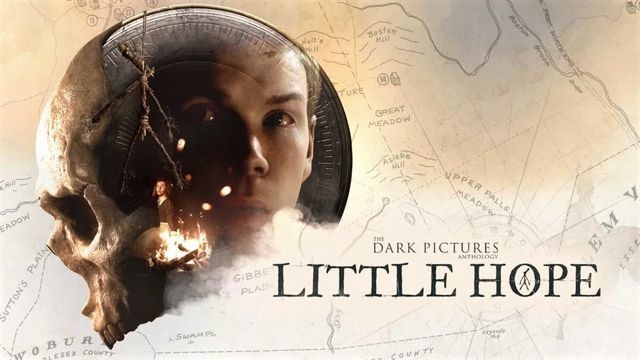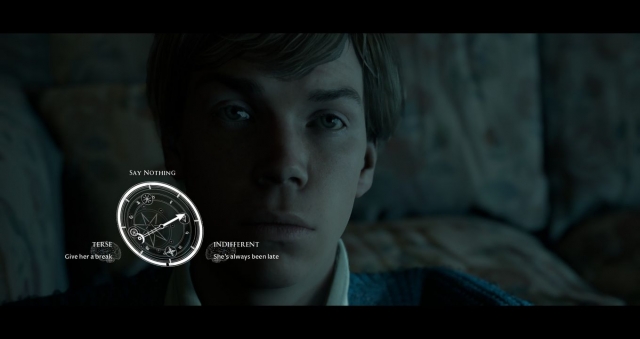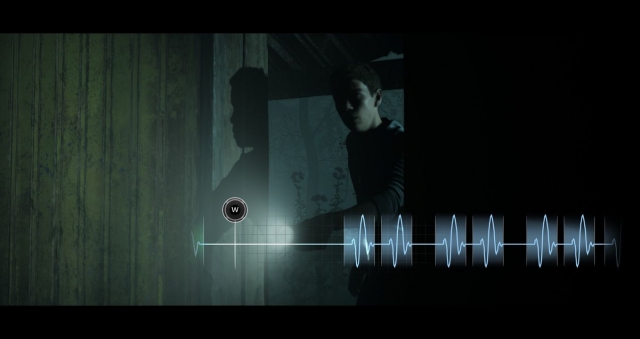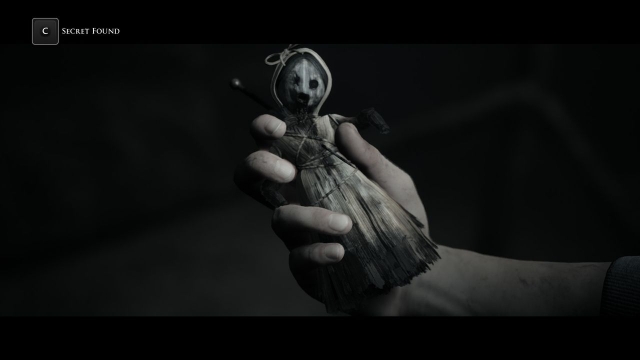The Dark Pictures Anthology: Little Hope

Little Hope’s ending spoiled the whole damn thing for me. Without trying to ruin it for anyone else, it falls into a particular kind of horror cliche that I’ve never found anything shy of annoying, and it let a lot of the air out of the whole experience.
Which is a shame, because I quite enjoyed Until Dawn, and up until the ending, I thought Little Hope was a solid iteration on the theme. It’s still got a few obnoxious quirks baked into the formula, but the fundamentals are solid. It’s an interactive horror movie with a couple of interwoven mysteries, where your successes, failures, and choices determine which members of the cast, if any, live or die. In Little Hope’s case, it feels like a series of deliberate nods to Silent Hill, as well as the surprisingly rich subgenre of New England historical horror. (Read: witch burnings, and plenty of ‘em.)
Four college students and their stuffed-shirt professor are on an overnight bus trip to an unspecified location when a road accident forces them to detour through Little Hope, Massachusetts, which has been a ghost town since its factory shut down. The bus driver promptly crashes on Little Hope’s outskirts, and when the students come to, they discover they’re completely unable to leave town. The only way out is through, which would be creepy enough without the monsters lurking in the underbrush.
If you played Until Dawn, or last year’s Man of Medan, you know what you’re in for here. On the good side, Little Hope has a solid grasp of cinematography, with some great plot twists and an organically conveyed mystery. The characters can be obnoxious, but in the way where a bunch of normal people stuck in a stressful situation would naturally be obnoxious, and many of them get at least a little more likable as the game continues.
On the bad, you have to be in exactly the right mood. Little Hope is a “walking simulator,” where characters refuse to move at a pace above a brisk trot, no cutscenes can ever be skipped, and everything feels stylistically glacial. It still has a few of Until Dawn’s issues with pacing, where every so often you can see the seams; the characters get over death and trauma lightning-fast, and one member of the cast is frequently just standing around in the background, because the plot has to account for the fact that she might be gone or dead in any particular scenario.
Little Hope also begins on a deliberate slow burn, where things are just sort of generically creepy for the first hour. It can be a rough sit. Fortunately, things do pick up quickly, and Little Hope is made as a fast, four-hour run, focusing on multiple outcomes and several different endings, with a couch-based “co-op” mode so you can play it as a watch party.
The further I got into it, the more I got into its particular rhythm, and the more fun I was starting to have. It’s actually really good about just throwing a bunch of random facts at you without drawing any lines between them, so you get to figure things out at your own pace and feel like a genius every time.
It’s not a great PC port, admittedly. The default control scheme on Steam is a really obnoxious click-to-move option that feels like a Korean MMO, and switching to mouse and keyboard is an awkward process where some context commands don’t really work. This game was made for a controller, full stop.
That’s more or less forgivable, though, and I was feeling pretty good about the game as I approached the end of my first run. I even thought I might do what I did with Until Dawn, and immediately go back through it to patch up the handful of stupid mistakes I’d made the first time.
Then I beat it, and I saw That Ending, and my excitement all drained right away. I feel reasonably confident in saying that as you reach the final chapter, whatever you think is going to be Little Hope’s ending would almost have to be substantially more narratively satisfying than the story it’s actually going to try to tell you. This is straight-up a job for the fanfiction brigade.
Until that point, Little Hope is decent. It could use a few quality-of-life bonuses that Until Dawn also needed, like being able to skip cutscenes if you’ve seen them already and an actual run button, but it’s a fun mystery wrapped around a solid horror B-movie. One of the cool things about a game as a narrative, as opposed to anything else, is that it’s got a lot of room to cram extra stuff in there, and Little Hope takes full advantage to really pack itself fat with lore.
Seriously, I’d pay for DLC that changed the ending. I’m on that team. I’d probably still recommend Little Hope to horror and adventure-game fans, particularly since it only costs $30, but the last five minutes tips over the entire apple cart.
Reviewed By: Thomas Wilde
Publisher: Bandai Namco
Rating: 70%
——————————————————————————–
This review is based on a digital copy of The Dark Pictures Anthology: Little Hope for the PC provided by Bandai Namco.
 Game Over Online
Game Over Online










